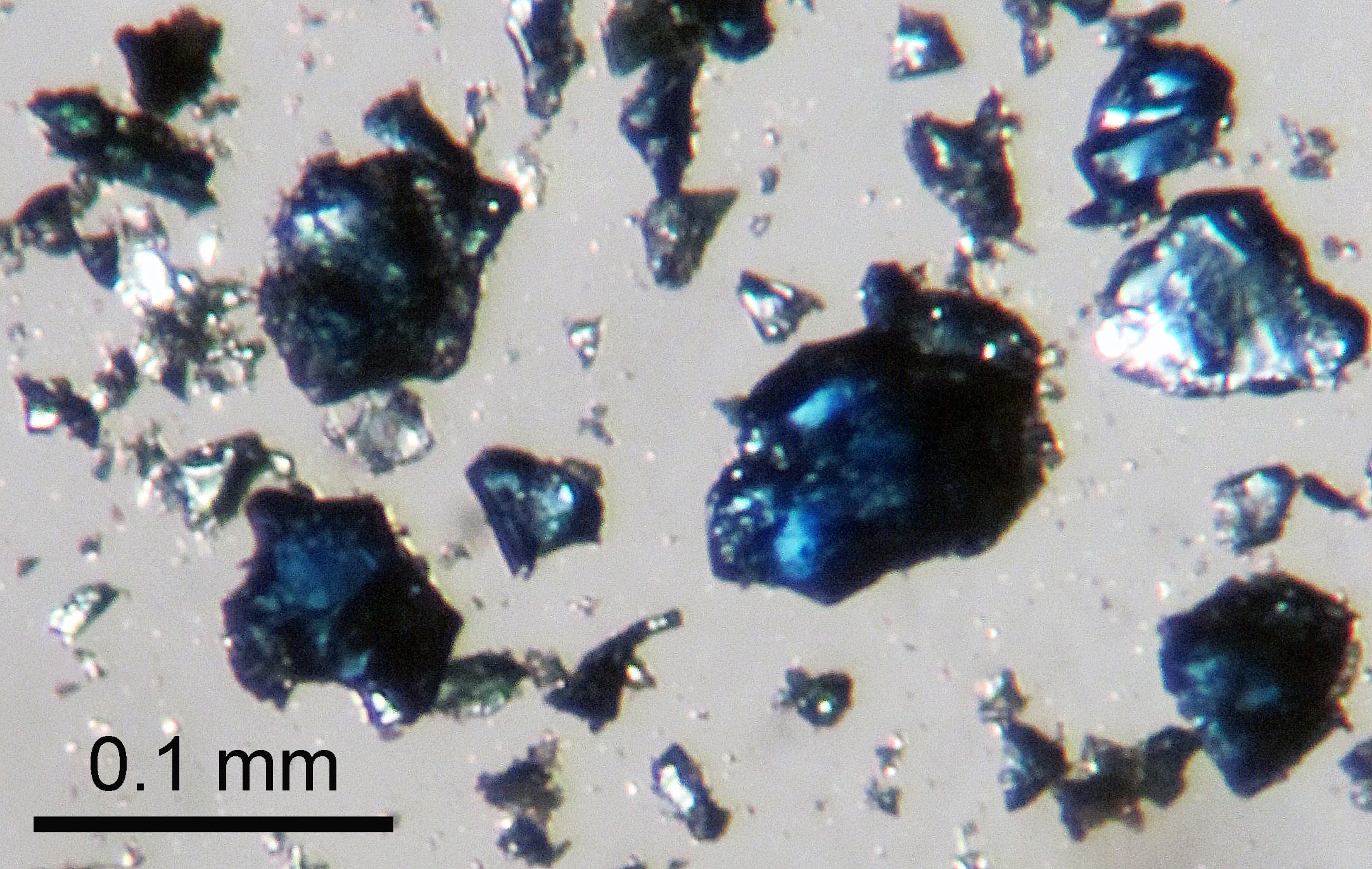The journal Nature announced a spectacular discovery last week. Geophysicists working in Brazil uncovered a diamond containing the mineral ringwoodite that came steaming out of a volcano, settling a decades-long dispute about the composition of the Earth. It’s difficult to overstate the importance and improbability of this event — it’s a bit like a Higgs boson tonking a physicist in the face, then falling into her lap so she just had to hold it up for the rest of the scientific community to see.
The dispute concerned whether there is water in the transition zone — the portion of the Earth’s mantle 250 to 410 miles underground, between the upper and lower mantle. Skeptics have argued that there is no obvious way for water to exist at that depth. When the Earth’s crust drops into the mantle as part of the ongoing rise and fall of plate tectonics, the water is quickly expelled. We know this, in part, because the mantle is rich in olivine, which cannot hold water under the temperature and pressure conditions of the upper mantle — the portion from the bottom of the crust down to 250 miles underground. When the crust sinks, its water shouldn’t be able to go with it. Instead, it appears to mix with the molten rock at the interface of the crust and mantle that facilitates the shifting of the Earth’s plates.
Ringwoodite had been observed in only two places: scientific laboratories and meteorites.
But a funny thing happens to olivine when it gets deeper into the Earth. Laboratory experiments have shown that, when placed under intense pressure — the sort of pressure exerted by a 250-mile layer of rock — olivine changes its structure to a mineral known as wadsleyite. At around 310 miles underground, wadsleyite is pressed into ringwoodite. Both substances are capable of holding water.
Just because those minerals must be in the transition zone and capable of holding water doesn’t mean water is present, but evidence for that proposition has been building. Steve Jacobsen, a geophysicist at Northwestern University, uses a diamond-tipped vice to press olivine into ringwoodite and then determines some of the properties of material when it contains water. He can bounce tiny seismic waves off of hydrated ringwoodite. Armed with that reference data, seismologists have shown that the changes in waves passing through the Earth’s mantle strongly suggest that ringwoodite is present and that it’s holding water.



